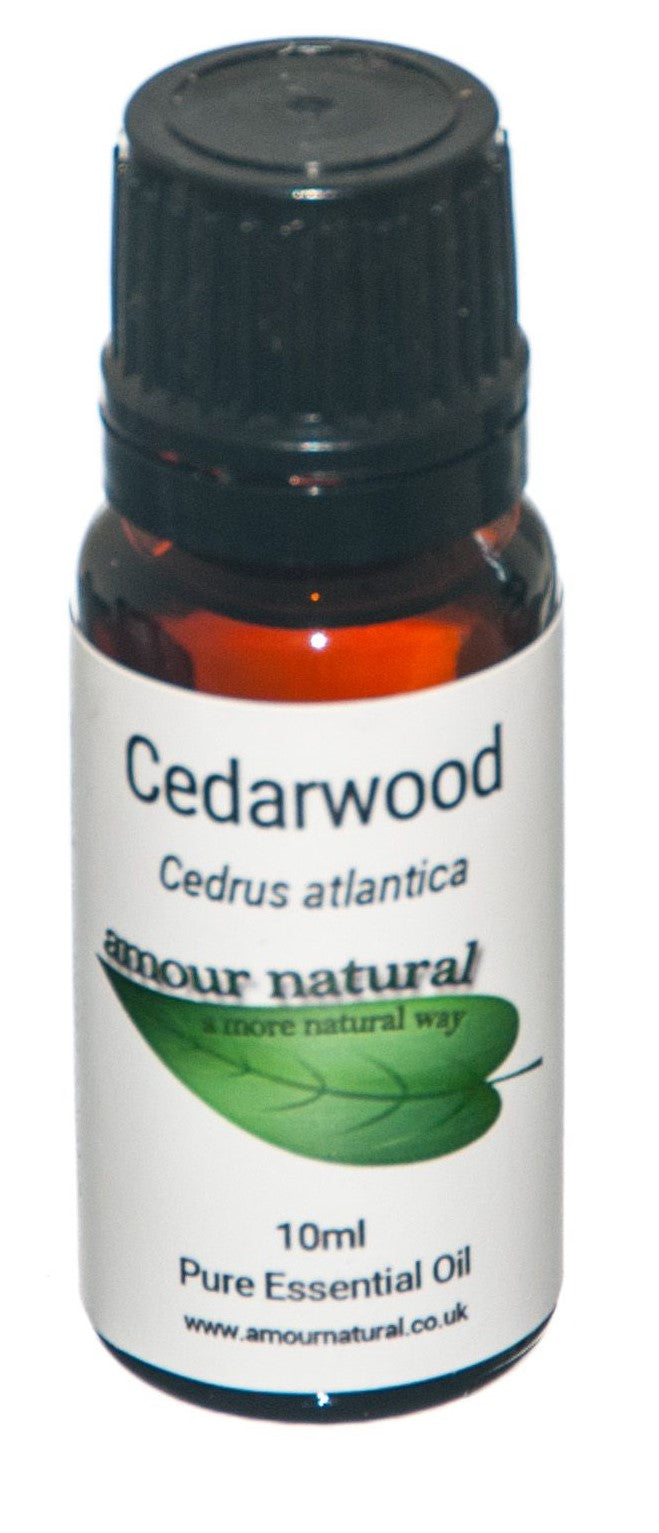|
Description
Cedarwood (Cedrus atlantica)
Aroma
Cedarwood essential oil has a woody, balsamic smell. It has subtle undertones of sandalwood, although arguably slightly ‘dryer’.
The plant
The cedarwood plant is a large cedar tree.
The extraction
The essential oil is extracted from the wood chips and bark of the cedarwood tree through the process of steam distillation.
Affects
Cedarwood is popular for use in meditation as it is believed to help calm and soothe the mind and promote peace. It also has expectorant properties and is useful in inhalations to ease excess mucus production. When used in skincare it acts as an astringent, can balance sebum production and reduce the occurrence of dandruff.
Interesting fact
The wood of the cedar tree was favoured by the Egyptians to make the masts of their ships.
History
Cedar is a Semitic word meaning spiritual strength and committed faith.
Cedarwood essential oil is one of the oldest essential oils used in temples. It was also used liberally by the Ancient Egyptians for mummification.
Chemical constituents
Cedrol (Alcohol), Cadinene, Cedrene, Cedrenol (Sesquiterpenes).
Blending
Cedarwood essential oil blends well with, bergamot, lemon, lavender, cypress, frankincense, jasmine, neroli, rose and rosemary.
Suggested directions for use:
Add 6-10 drops in a bath.
Mix 5 drops with water to use in an oil burner.
Mix 6-10 drops with hot water as an inhalation.
Mix 5 drops per 10ml of carrier oil for massage.
Precautions:
Do not take internally.
Avoid use before sun exposure.
Keep away from children and eyes.
If pregnant or have a medical condition consult your practitioner before use.
If oil gets into eyes splash out with water, seek medical advice if necessary.
If unfamiliar with essential oils seek advice from a practitioner.

|




